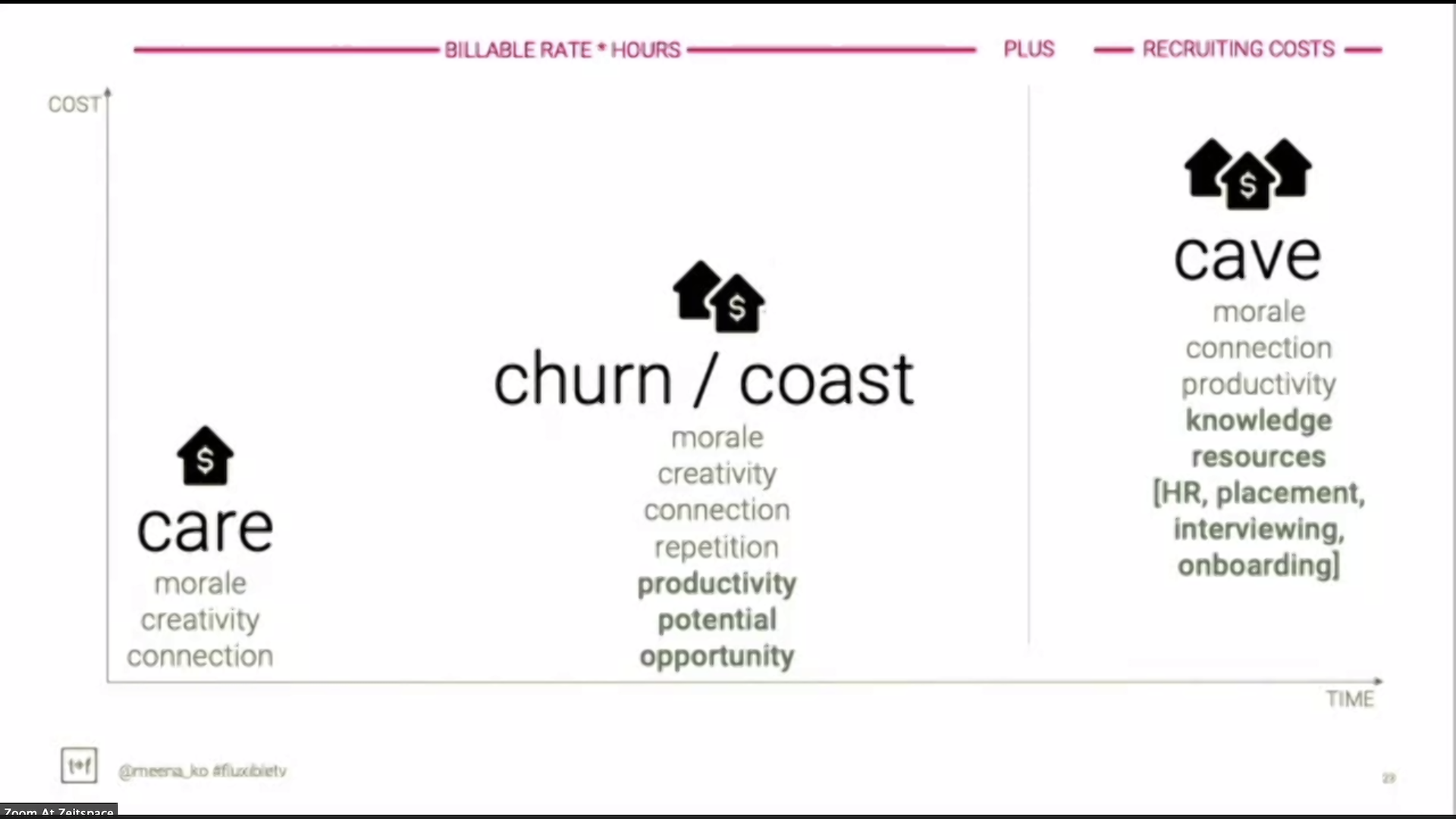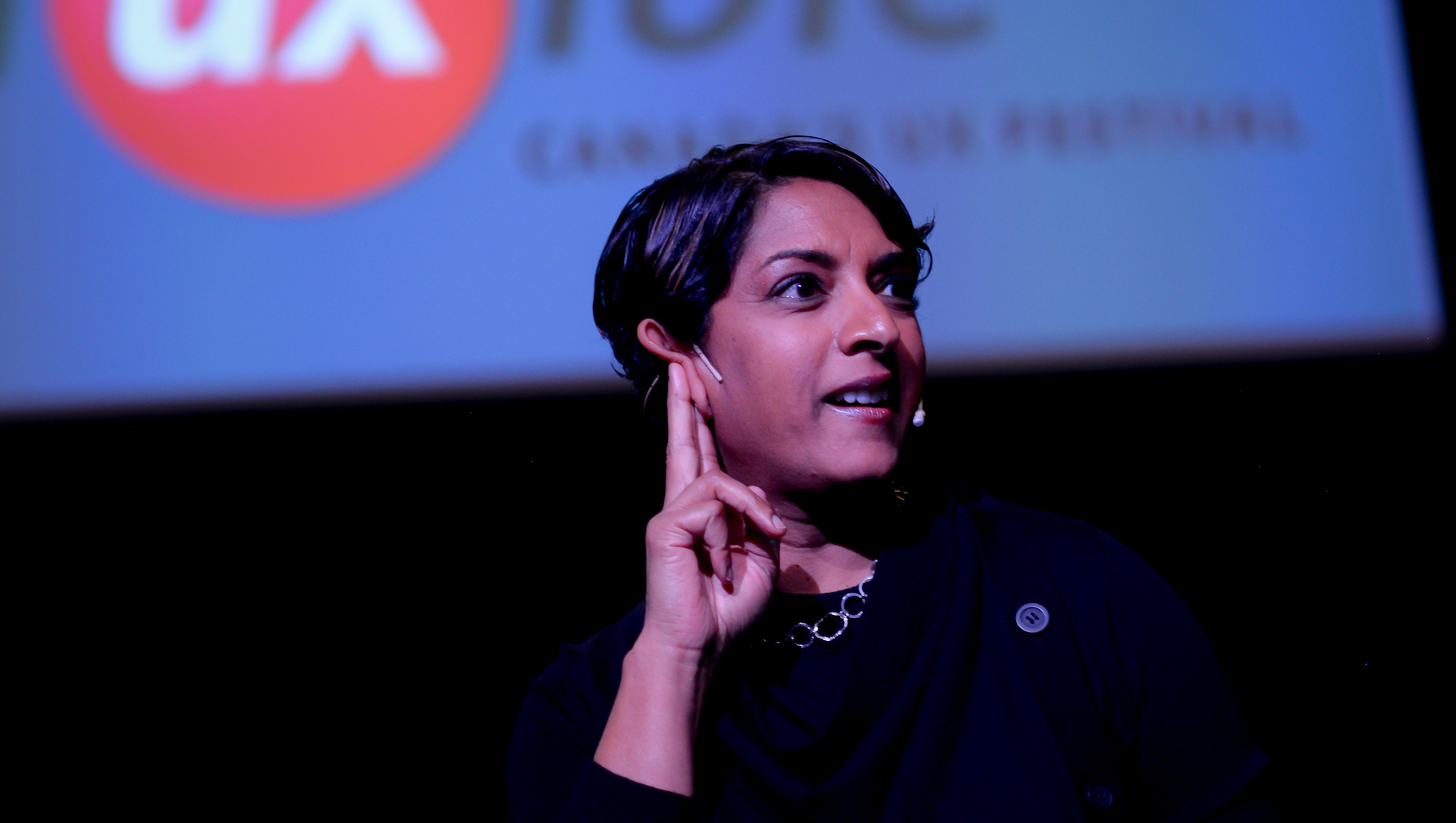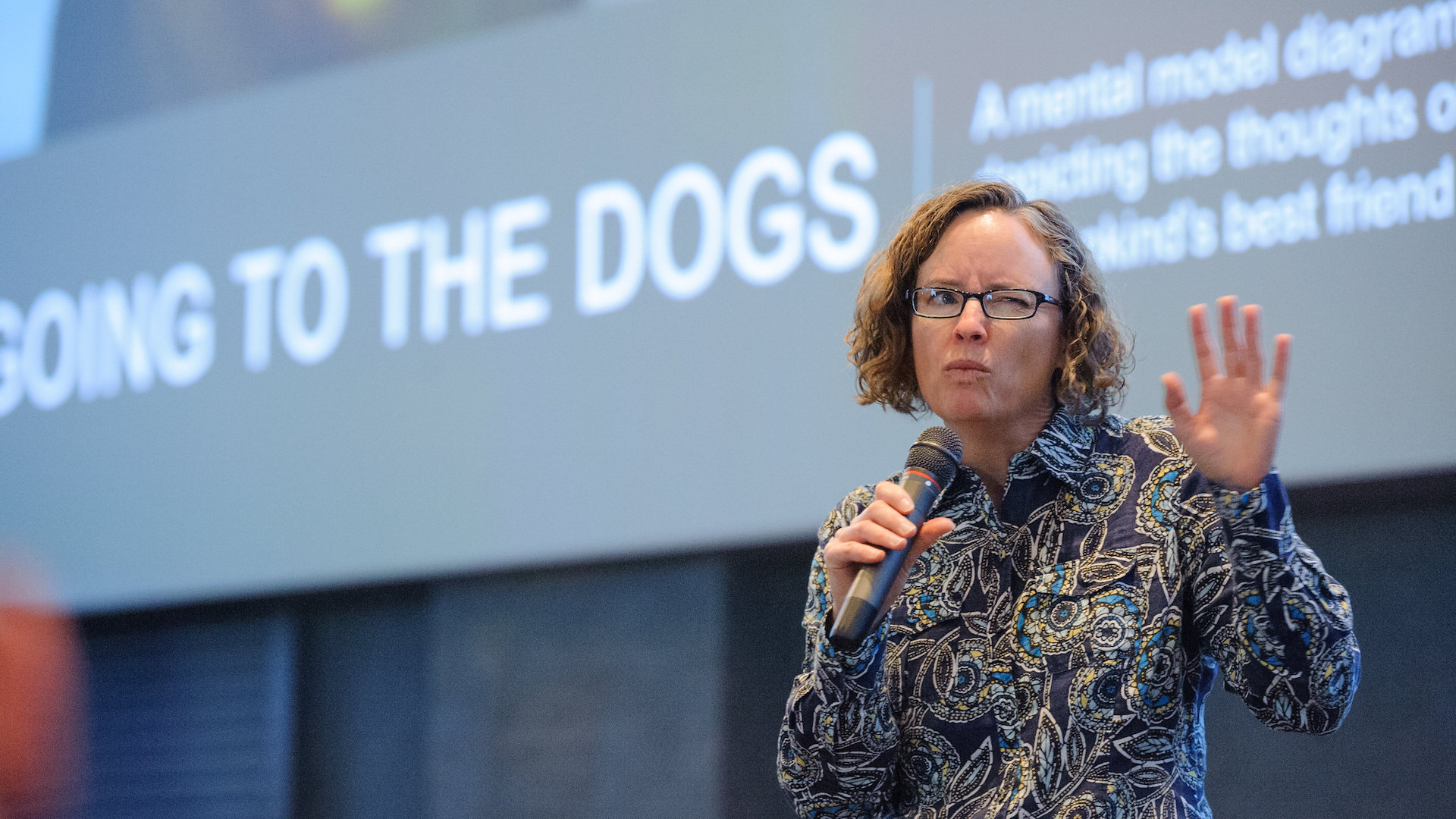As an organization, you can’t afford to pass on qualitative research.
Meena Kothandaraman should know. She and her twig + fish business partner, Zarla Ludin, studied the cost of not doing qualitative research and Kothandaraman presented the early findings on Fluxible TV.
The early results were stunning: organizations that didn’t invest in qualitative research paid dearly in employee morale and creativity, but also in productivity.
“You have to love what you do and love where you are,” said Kothandaraman. “It makes a difference.”
That difference showed up in the words people used to describe how they felt when their organization invested in qualitative research: energized, excited, empowered, engaged, inspired, and connected. And it also showed up in the words that people used to describe how they felt when their organization didn’t invest in qualitative research: frustrated, disconnected, dejected, isolated.
It was those last set of words, said Kothandaraman, that made her heart sink.
“When you realize this is a very important part of our existence, to be able to feel connected, to be able to feel empowered. It’s important for us all to realize the value of that,” she said.
Organizations seem to understand the value of doing qualitative research and yet Kothandaraman and Ludin still faced resistance from companies when it came to investing time and money on qualitative research studies. It cost too much. It took too much time. They already have the answers they need. Kothandaraman and Ludin heard it all. So Kothandaraman and Ludin became their own clients: They decided to turn the lens on their work and study why qualitative research is important to organizations. They talked to people in different roles — from UX and marketing to writers and engineers — and then surveyed 90 designers. They discovered that when people talked about qualitative research, they usually separated it into two big buckets: the value of doing it and the cost of not doing it.
The value of doing qualitative research has been well documented. Researching and talking to the people who will use a product or service is a way to understand your market, engage in continuous product discovery, but also a way to reduce risk. Research is also essential to product success.
So Kothandaraman and Ludin decided instead to focus on another compelling theme that emerged from their study: the internal cost to an organization that doesn’t invest in qualitative research. Qualitative research gives people who eventually use products or services the chance to share their thoughts, attitudes and emotions, said Kothandaraman. But when organizations didn’t invest the time and money in qualitative research, there wasn’t a motivation or rationale for decisions, she said. There wasn’t a clear understanding of what bonded people to a product or service. Organizations relied too much on quantitative data and lost the human stories that were so crucial to a product or service’s success.
But what effect did a lack of qualitative research have on the people who produced a product or service? Here is where their findings get really interesting. Ludin and Kothandaraman found that research gives producers — designers and others who work on products and services — a chance to generate empathy and it sparks creativity. But, importantly, it also connects those producers to their own purpose within an organization.
What happens when people don’t feel connected?

Kothandaraman spoke with people who admitted that they coast, deflated that nothing they did mattered. They just stayed the course until eventually they were so miserable they caved and left, she said. When someone leaves an organization, the company loses the knowledge that person had. But there’s also another real cost, said Kothandaraman.
“It was fascinating to see that costs could vary from $20,000 to $70,000 when replacing mid-level employee positions, depending on the organization and depending on whether they had tapped out on a particular city's resources and were looking to fly people in or relocate,” she said.
For organizations that don’t value qualitative research, Kothandaraman and Ludin’s early findings show the connection between an employee and the organization weaken while costs definitely increase.
“At the end of the day we firmly believe with all of these conversations with people, with everything that they were able to share with us, we all need to feel connected to thrive,” said Kothandaraman. “We need to feel like we have a place, and we need to feel welcomed and very much in tune with what it is we try to put out into the world.”
Qualitative research doesn’t just benefit customers, it also benefits those who work inside the organization by creating strong connections that spark creativity, said Kothandaraman. The more human an organization is, the more happy and connected their people are, she added. Qualitative research only helps that happiness and connection grow.
“The human spirit, I believe, is happier when we know we have helped anybody. When we can help people, it makes all the difference. That's something I truly believe all of us are driven by,” said Kothandaraman.





